10 Creative Polaroid Manipulation Techniques to Try
Amp up your instant-film photography with these 10 Polaroid manipulation techniques.
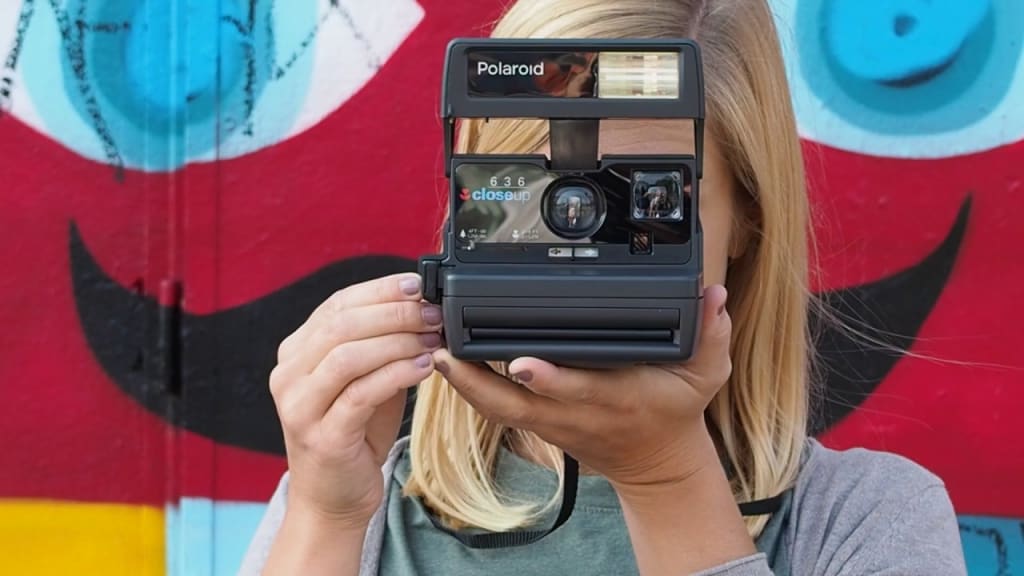
Using the help of tools, heal, water, and even fire, these 10 Polaroid manipulation techniques are sure to amp up any photographer's skill set. With some of the coolest end results, these methods will transform your photography with your own hands.
Photographers, artists, and creatives alike are meant for this type of creativity, so if you've never given it a shot, we highly suggest it! From the exposed Polaroid to the Fire, Water, and Gasoline Method, we've got you covered with ten of the most unique manipulations to images you've ever seen.
Exposed Polaroid
To begin our list of the best Polaroid manipulation techniques, we had to start with a classic route to take. An exposed Polaroid is one of the most common manipulation techniques, but it still takes practice to perfect. You'll need some type of tool to manipulate the photo such as a metal or ceramic tool, as well as a hair dryer or hot place.
First, of course, you have to shoot the picture, and wait for it to become visible. Then, use your hair dryer to heat the photo for about 30 to 40 seconds. Next comes your tools, where you will manipulate the photo physically with the tool.
Try different sized tools and textures, this way the photograph will portray multiple techniques. Push the edges to become distorted as well, and use a wooden angled tool to add more texture. You're finished when you're happy with your end result!
Roller Manipulation
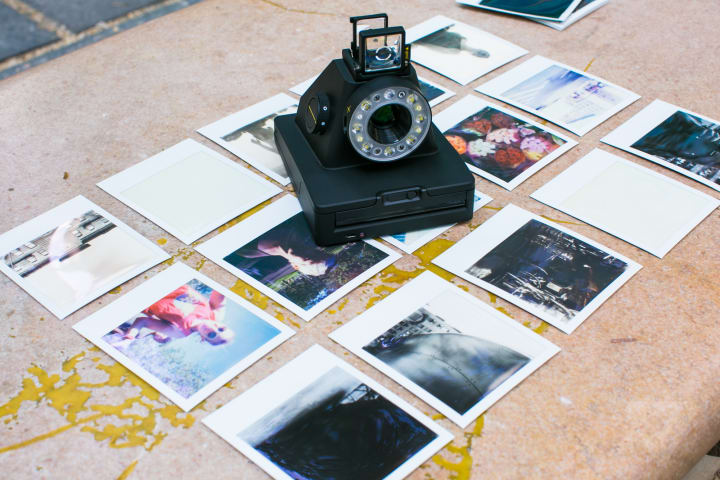
Next, on our list of the best Polaroid manipulation techniques is roller manipulation. This method is done by creating pressure marks on the surface of the film. This can be done in either controlled shapes, or at random, all depending on what you choose to use on your rollers.
Though it is important to note that because you are directly affecting your rollers, you should always make sure that whatever you are placing on the rollers are stuck, this way you will avoid damaging your film camera.
Polaroid Decay
If you're looking for a more abstract method, Polaroid Decay is a great route to take. This method includes submerging the image in water! A great beginner's method, it doesn't take a lot of tools, but it still produces a great manipulation to the photograph.
Submerging the photo in water for prolonged periods of time, the image will degrade, thus the name of "Polaroid Decay." However, be prepared for photo failures, it takes a trial and error process to get the best results. Just be sure to not leave the photo in the water for too long.
Transparency Method
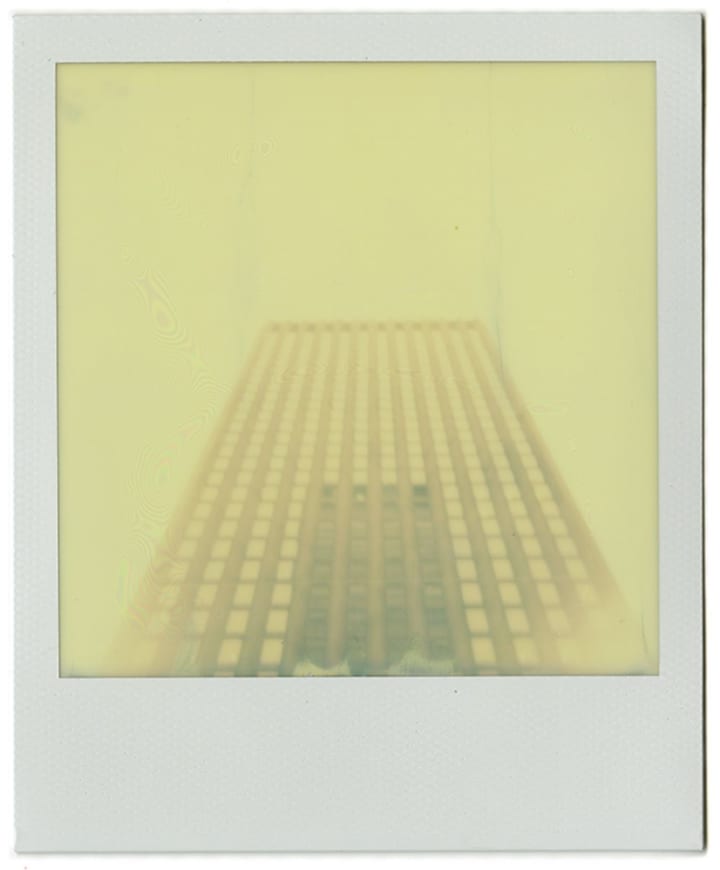
The transparency method is yet another one of the best Polaroid manipulation techniques. This process includes peeling apart the image to leave just the picture on the front plastic window material.
Then, your handy blow dryer is useful once again. Another method that will take a bit of practice, the results will definitely vary, so only try this on photos you wouldn't mind discarding.
Scratch Polaroid Art
Scratching Polaroids became one of the most classic, yet basic, ways to create art with the use of Polaroid instant film. First, you will take your photograph, likely of a distinct subject, and do not wait until the Polaroid develops. Using a pointed tool such as a butter knife, bone scraper, paintbrush end, or ballpoint pen, begin to add texture to the image.
This can include cross-hatching, stripes, or whatever you desire. Then, take the Polaroid apart, by removing the sections of the image, specifically the top layer, and continue to manipulate the photo with your sharp device. Once it is completely developed, you are finished.
Cleaning Products
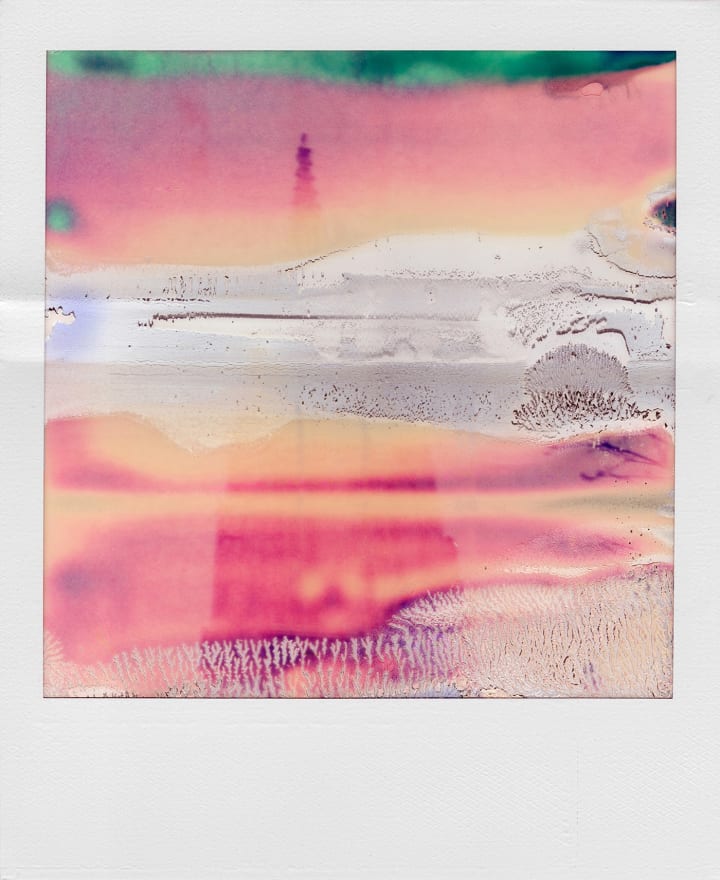
One of the most interesting Polaroid manipulation techniques comes from the artist Phillip Stearns. He uses instant color film in collaboration with household items such as cleaning products to create a manipulation of his instant film photography. This can range from bleach to vinegar or even Mr. Clean, and the results are incredible.
The result that you are looking for has a similarity to looking into a microscope, a very bizarre one. Or, it has also been compared to ink-blotches. Either way, it will create a very unique and artistic image. But you definitely won't preserve the image you started with.
Fire, Water, and Gasoline
Another unique and intense alteration to negatives or instant film is done by (with caution) fire, water, and gasoline. First discovered by Peter Hoffman in his series Fox River Derivatives, this technique certainly needs the artist to exercise caution and smart thinking, which we're positive you will do.
Inspired by the BP oil spill of 2010, Hoffman incorporated gasoline and fire to his shots to take them to a new level. The results are incredible, and well worth the trouble to produce. After setting them aflame, he then dunked them in water, to stop them from being completely destroyed.
Defective Polaroid
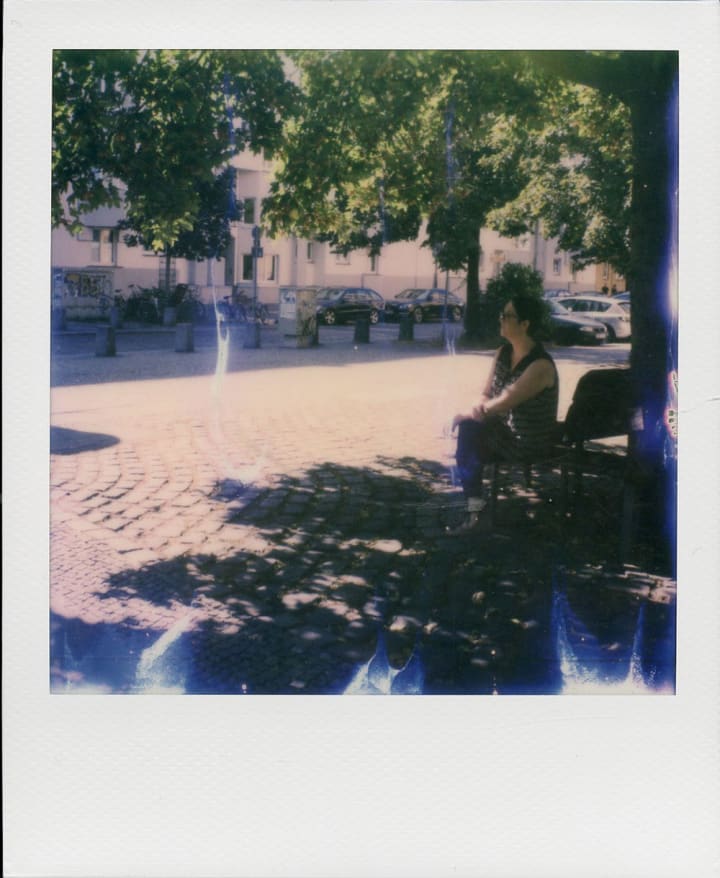
Though discovering a broken piece of a camera is never a good feeling, this was changed by the photographer William Miller. He decided to alter the fate of his broken camera, and turn it in his favor. His camera happened to be a Polaroid SX-70, which had defective Polaroid film that would get stuck in the gears.
As one of the best Polaroid manipulation techniques, he took this to his advantage by creating a series of ethereal images. These would be called Ruined Polaroids, and the set were all produced in a warper manor. It was beautiful, and became a method that many photographers would follow.
Microwave
Somewhat of a silly technique, but one that is actually worth giving a shot, is the microwave method. First discovered by the German photographer, Oliver Blohm, he and his friend discovered that the destruction of photography layered beauty to his already established art.
Playing with texture, burns, and flares, he soon became obsessed with manipulating film. However, this first technique still remained popular to photographers to follow him. A simple method, you allow the microwave to do the work. But of course, use extreme caution.
To complete our list of the best Polaroid manipulation techniques is the Polaroid Emulsion Lift. Yet another technique that requires water, this technique calls for two trays of water, one warm and one cold. Grab your photograph, and cut the white from the frame. Next, you will break apart the layers of the Polaroid, and get rid of the black plastic part of the image, to get to the Emulsion.
Then, you will emerge it into the warm water, using a brush to speed up the process until it becomes completely removed from the plastic, and it will become a very thin material. Finally, you will add a piece of paper to the water, and almost paint on the Polaroid image to the page and lift it out of the water.
To create any of these manipulations on your own, you're of course going to need your very own Polaroid, especially if you are going to alter the equipment. We suggest purchasing your own refurbished camera, this way you can spend less money, and still get a quality and authentic camera.
Finally, you will need instant film. This is the original color frame color 600, perfect for any of these manipulation methods. However, we think your film will never look the same after you get in on the magic that is Polaroid manipulation. But that's all the in the fun of it.
About the Creator
April Demarco
Proud mom of three chinchillas, hard core Justin Bieber fan, watches Unsolved Murders religiously






Comments
There are no comments for this story
Be the first to respond and start the conversation.